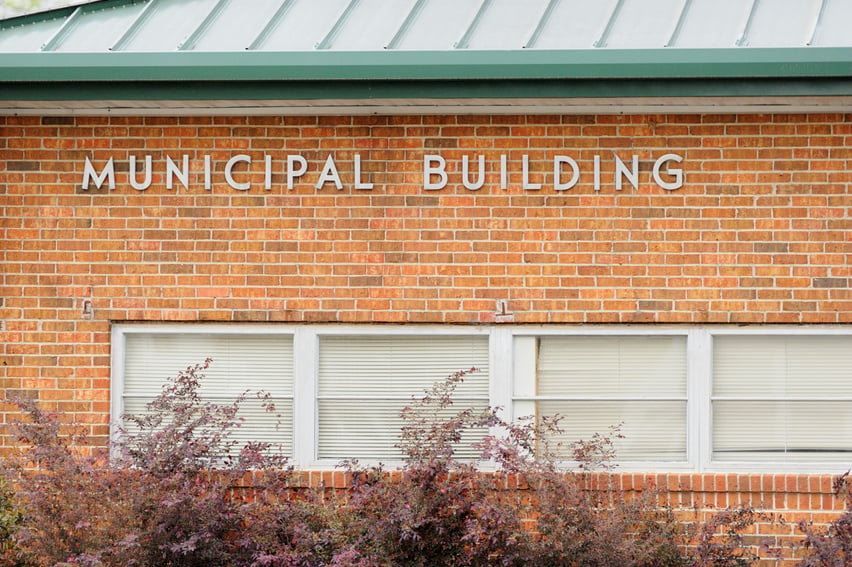

Clothing Should Never End Up As Waste
Second Spin Recycling helps clothing and textiles stay in use and out of landfills.


Tech-enabled Monitoring
Ensures Clean, Safe, Well-Maintained
Clothing bins
Accepted Items for Clothing Recycling
- Clean and used clothing items such as shirts, pants, skirts, and dresses
- Jackets, coats, and sweaters in good condition
- Hats, scarves, and gloves
- Shoes, boots, and sandals in wearable condition
- Belts and ties
- Socks
- Pajamas and sleepwear
- Baby clothing and accessories
- Children's clothing and accessories
- Teen and adult clothing of all sizes
- Maternity clothing
- Sports clothing and activewear
- Swimwear
- Uniforms and workwear
- Handbags, purses, and wallets
- Backpacks and luggage
- Accessories like belts, ties, and scarves
- Costume jewelry and fashion accessories
- Textiles such as blankets, towels, and bed linens
- Fabric scraps and sewing materials
- Curtains and drapes
- Tablecloths and placemats
- T-shirts and clothing with logos or prints
- Miscellaneous items like aprons and smocks
- We accept items that might not seem ideal for rewear - one sock, shirt with a hole in it, ripped items
Items NOT Accepted for Clothing Recycling
- Wet or moldy clothing
- Single shoes or shoes in poor condition
- Electronics
- Used makeup or personal care products
- Household items such as furniture or appliances
- Books, magazines, or other printed materials
- Hazardous materials like chemicals or flammable substances
- Food or beverages
- Medications or medical equipment
- Toys or children's items
- Large items that don't fit inside the bin
- Offensive or inappropriate clothing
- Items that are not clothing or textiles (e.g.tools or machinery)
- Live animals or animal products
- Anything that violates local laws or regulations


Become a Partner

Municipalities
Reduce Costs & Add Sustainability
Save 4-8% on waste collection costs by diverting some of the 85% of clothing and textiles that end up in landfill.
No Upfront or Ongoing Cost

Retail
Drive Traffic & Add Sustainability
Clean, convenient, and well maintained textile recycling bins proven to drive incremental retail traffic.
17% Increase in Spending by Customers Who recycle

Fundraiser That Shows Sustainability
Textile recycling bins provide a convenient recycling solution for families and a teaching opportunity about sustainability
Easy, Low Effort Fundraising Opportunity
Schools & Churches
Where Does Your Clothing Go?
Domestic Re-USE
Articles are collected and sent to a central warehouse where they undergo a sorting and grading process. Items are sold into the domestic market when possible which supports domestic businesses and reduces the carbon footprint associated with exporting used clothes. Domestic re-use is contingent on market demand and types of clothing available.
International Export
If there is limited demand in the domestic market, clothing will be directed to international buyers. This pathway is limited to countries with robust circular economies capable of effectively utilizing, reselling, or upcycling received clothing.
Circular Economy For Fashion
According to the Ellen MacArthur Foundation, a circular economy for fashion is a system in which “clothes, textiles and fibers are kept at their highest value during use and re-enter the economy after use, never ending up as waste.” Second Spin Recycling supports current and new business models that increase clothing re-use and prevent clothing and textile waste.
Let’s Make Clothing More Sustainable - Recycle Today!
Get in touch!
hello@secondspinrecycling.com
(628) 500-8523
Copyright 2024. Second Spin Recycling, Inc.